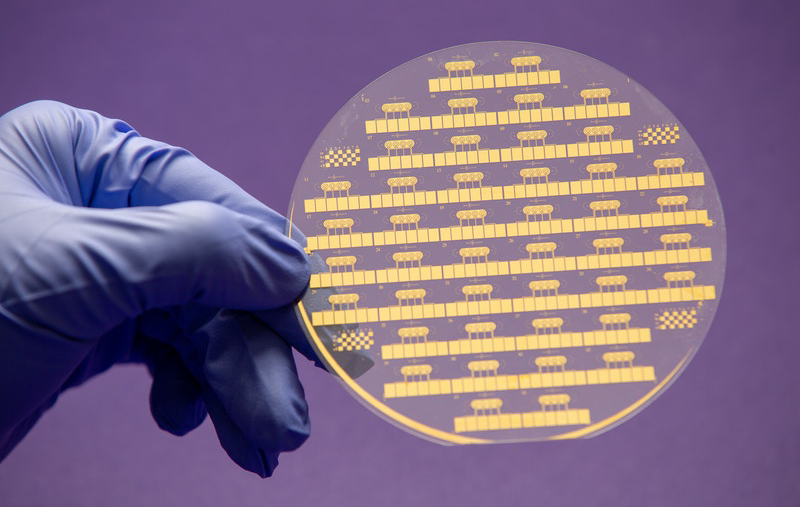Millions of people with diabetes around the world use handheld electrochemical sensors to monitor their blood sugar levels with electric glucometers. These sensors improved at-home medical testing for diabetics but they haven’t yet been successfully applied to diagnosing other conditions. Now researchers at the Wyss Institute for Biologically Inspired Engineering at Harvard University have developed a platform called “eRapid” that enables the creation of low-cost, handheld electrochemical devices that can simultaneously detect a broad range of biomarkers with high sensitivity and selectivity in complex biological fluids, using as little as a single drop of blood. The researchers described their new technology in the journal Nature Nanotechnology, reports Lindsay Brownell at Wyss Institute.
“As long as an antibody exists for a given target molecule, eRapid can detect it,” said co-author Pawan Jolly, Ph.D., a Senior Research Scientist at the Wyss Institute.
Read more Sticker-Like Thin Wearable Sensor Monitor Biomarkers without Needing External Power Source
While developing the antifouling coating, the challenge faced by researchers was to prevent accumulation of off-target substances on the sensor’s metal electrodes while still maintaining their conductivity to allow sensing of the target. The researchers experimented with a variety of recipes and finally developed a simple, porous, 3D matrix consisting of bovine serum albumin (BSA) crosslinked with glutaraldehyde and supported by a network of conducting nanomaterials, such as gold nanowires or carbon nanotubes.
The research team tested their nanomaterial-coated sensors in human blood serum and plasma, and found that they retained more than 90% of their ability to detect signal even after being stored for one month in those biofluids, whereas sensors coated with best previously published anti-fouling coatings lost significant signal sensitivity when incubated for one hour, and were completely inactivated after one day, said the Wyss Institute report.

To demonstrate the commercial viability of the sensors the researchers created a multiplexed sensor with three separate electrodes, each coated with the BSA/gold nanowire matrix and a layer of antibodies against a specific clinically relevant target molecule: interleukin 6 (IL6), insulin, or glucagon. They observed excellent electrical signals with picogram-per-mL sensitivity.
The researchers so far have been able to detect more than a dozen different biomarkers ranging from 100 Da to 150,000 Da in size with eRapid, and they are continuing to experiment with conductive nanomaterials to optimize the electrode coating and the system’s performance, as well as reduce the cost even further.
“eRapid emerged from pursuing one innovation that led to another that has the potential to transform medical diagnostics. Hopefully, this simple technology will enable great advances in our ability to develop handheld diagnostic devices that can be used at home, as well as in pharmacies, ambulances, doctor’s offices, and emergency departments in the near future,” said Donald Ingber, M.D., Ph.D., Founding Director of Wyss Institute.












